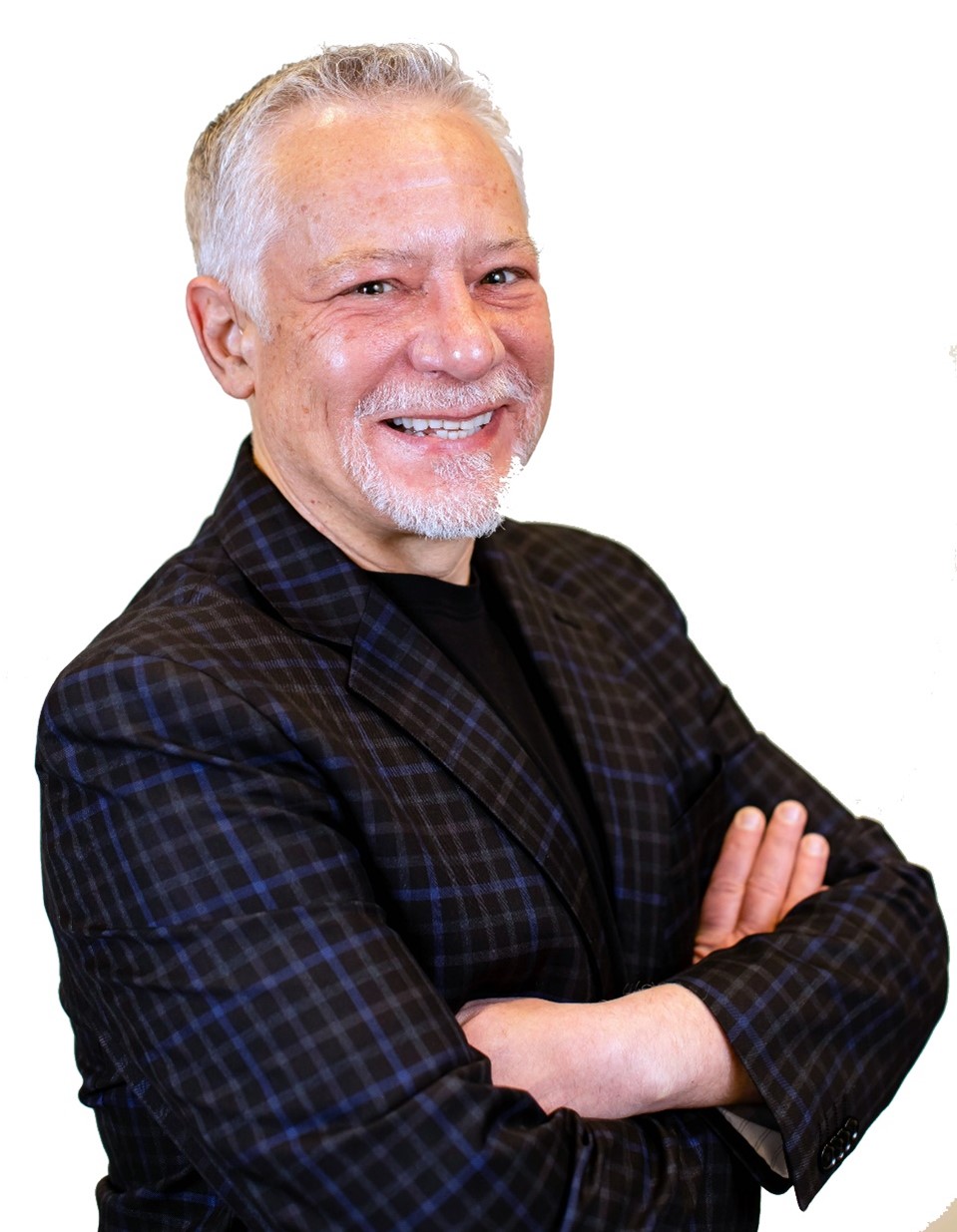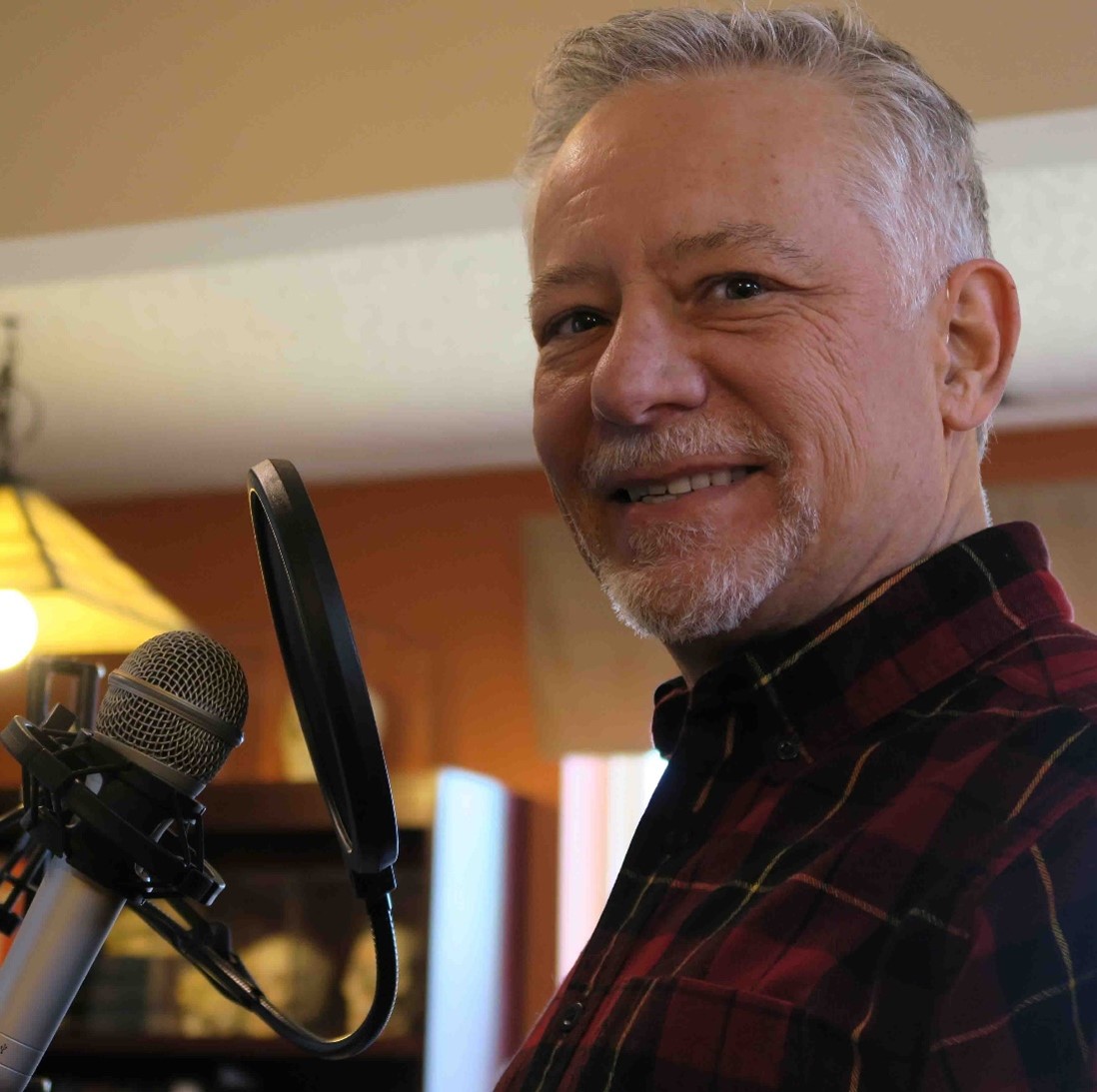Into the Lion’s Den with AAA Member Kevin Patton
By Sheryll Poe
 Sometimes, teaching any type of scientific discipline at the advanced level can feel like trying to tame wild animals. Luckily, Professor Kevin Patton has experience in that area.
Sometimes, teaching any type of scientific discipline at the advanced level can feel like trying to tame wild animals. Luckily, Professor Kevin Patton has experience in that area.
Patton, a founding faculty member of Human Anatomy and Physiology Instruction (HAPI) at the Northeast College of Health Sciences, “started out wanting to work with wild animals, which took me down the road of biology.”
After getting his undergraduate degree in biology and completing his research on animal stress at the Tyson Research Center is St. Louis, Patton went to work as a zookeeper and an assistant animal trainer working with sea lions at the St. Louis Zoo. “I really enjoyed the part of it where I’m helping people discover things that are new to them and they didn’t know before,” he explained. “To get people excited about things I was interested in, that’s the part of teaching I like.”
Patton then tried his hand as an apprentice lion tamer with a circus. “After a year of that, I realized that was not the way to spend the rest of my life,” he chuckled.
Leaving Lions for Learning
With lion taming behind him, Patton completed his PhD in biology at The Union Institute and University in Cincinnati, Ohio and began teaching anatomy and physiology at the St. Louis University Medical School and the St. Charles Community College. “The content is similar but at one place I got to rub shoulders with researchers and go into their labs, which was a lot of fun. And then I could take those experiences back to my community college students and tell them what they were doing in the lab and how it relates back to what they’re learning,” Patton said.
Ten years ago, Patton was tapped by the then-New York Chiropractic College to start a masters’ program in human anatomy and physiology, primarily focused on helping graduates with teaching strategies, rather than clinical applications. “They are a lot of people teaching anatomy on the side,” Patton noted. “But their experiences are in the clinical area, not teaching. Not only do we get to help students discover anatomy, but we get to help teachers help their students discover anatomy.”
Though he’s technically retired, Patton still teaches a class on the nervous system at the renamed Northeast College of Health Sciences. In fact, Patton is busier than ever in retirement: he’s also a textbook author, blogger, vice president/president elect of the Textbook and Academic Authors (TAA) Association, and he started a podcast in 2018 called “The A&P Professor,” which offers tips and resources helpful to professors and students of human anatomy and physiology.
“It meshes with all of my other efforts. I do have some hobbies, but this has become my main hobby,” Patton said. “My podcast is a way for me to share decades of experience and studying teaching, trying to find out what works well for teachers and find out what can inform my own teaching, and I wanted to share that.”

Putting Diversity & Inclusion into Action
Patton has long been a member of TAA and is one of the founding members of the association’s Diversity, Equity, and Inclusion Committee, which this year won the Annual President’s Award for its work. “We really feel like the recent criticisms of textbooks in terms of inclusion and equity are well founded and we do not want it to be that way and we want to fix it,” Patton explained. “TAA is trying to find ways to support authors in textbooks and academic writers to be more inclusive.”
As an author of anatomy textbooks, Patton is putting those inclusivity plans into action. A colleague came up to him a couple of years ago and asked a simple question: How are the illustrations in your textbook chosen? After explaining the process, Patton came to the realization that he was actually in a position to make a change in a textbook he was working on. “What she was getting at was that her and her students wanted to know why underrepresented groups are underrepresented in the textbooks they’re studying from,” he said. “Well, my jaw fell to the floor. And we were at a point in my textbook production where I could make that change, so we commissioned a series of muscle illustrations showing a black female as the main model for muscle groups in our book.”
The Annual President’s Award was a great honor for the DE&I Committee, Patton said, but more than anything, it’s a reminder. “We are a very diverse and creative group and we got that award. But it’s important for all of us to think about ‘How do we help underrepresented students? What are the teaching strategies that can help reduce the gaps in achievement?’ I think a lot of people are realizing how important it is and how much more work we need to do in that area.”